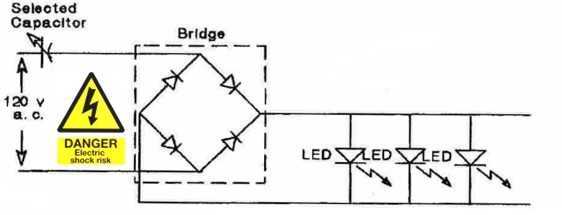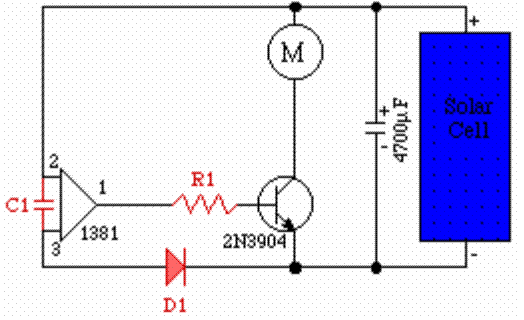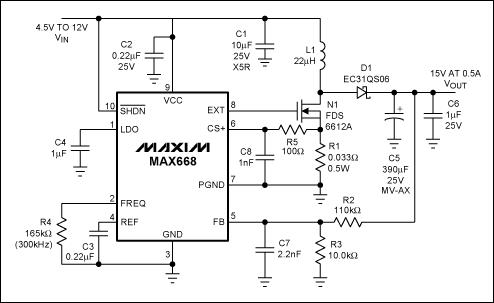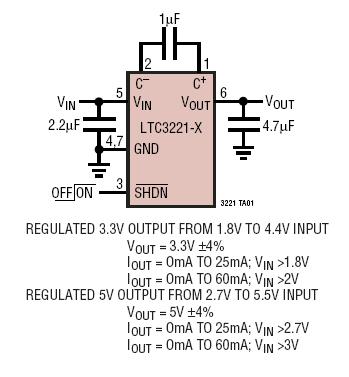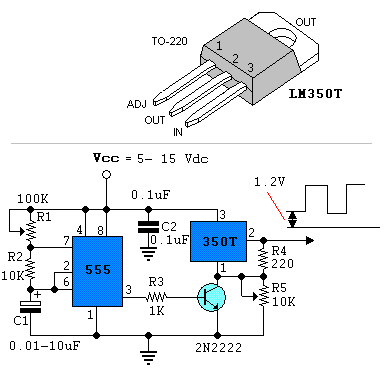
Power meter 1KW
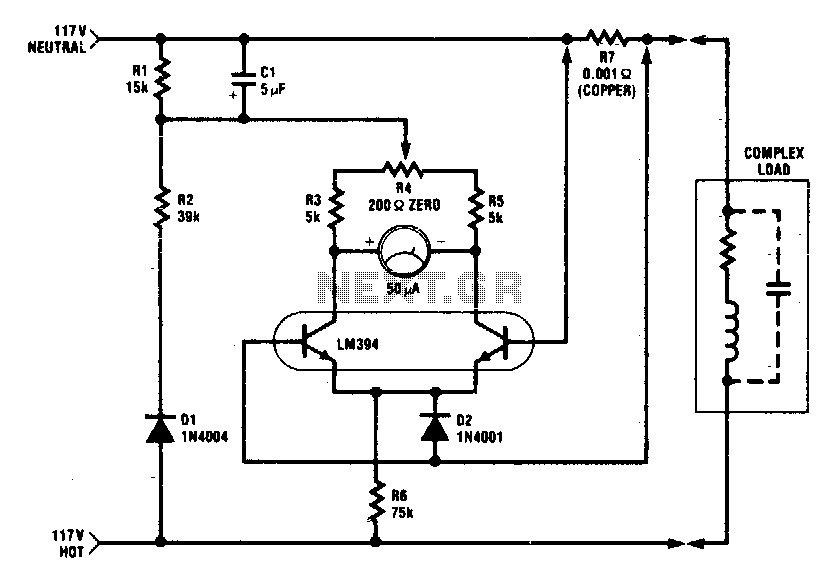
The circuit is designed for operation at 117 Vac ± 50 Vac, with the flexibility to be modified for higher or lower voltage applications. It accurately measures true (nonreactive) power delivered to the load and does not require an external power supply. The idling power drain is negligible at 0 W. The load current sensing voltage is limited to 10 mV, resulting in a load voltage loss of only 0.1%. The rejection of reactive load currents is superior at better than 100:1 for linear loads. Nonlinearity is approximately 1% of full scale when using a 50 µA meter movement.
This circuit operates effectively within a specified voltage range, making it adaptable for various applications where power measurement is critical. The design's ability to measure true power is essential for accurate performance assessment, especially in systems with significant reactive components. The absence of an external power supply simplifies the circuit, reducing potential points of failure and enhancing reliability.
The load current sensing mechanism is engineered to minimize voltage drop, which is crucial for maintaining system performance. With a sensing voltage of just 10 mV, the circuit ensures that the voltage loss across the load remains minimal, thus preserving the integrity of the load’s operation. The high rejection ratio of reactive currents indicates that this circuit is particularly suited for environments where linear loads are prevalent, ensuring that the power readings remain accurate and unaffected by reactive components.
The nonlinearity specification of 1% full scale with a 50 µA meter indicates that the circuit can achieve high precision in power measurement. This level of accuracy is vital for applications requiring stringent monitoring and control of electrical parameters, such as in industrial settings or advanced laboratory environments. Overall, this circuit design combines efficiency, precision, and adaptability, making it a valuable tool for power measurement in various electrical systems.The circuit is intended for 117 Vac ± 50 Vac operation, but can be easily modified for higher or lower voltages. It measures true (nonreactive) power beingdeliveredto the load and requires no external power supply.
Idling power drain is only 0 W. Load current sensing voltage is only 10 mV, keeping load voltage loss to 01%, Rejection of reactive load currents is better than 100:1 for linear loads Nonlinearity is about 1% full scale when using a 50 µA meter movement. 🔗 External reference
This circuit operates effectively within a specified voltage range, making it adaptable for various applications where power measurement is critical. The design's ability to measure true power is essential for accurate performance assessment, especially in systems with significant reactive components. The absence of an external power supply simplifies the circuit, reducing potential points of failure and enhancing reliability.
The load current sensing mechanism is engineered to minimize voltage drop, which is crucial for maintaining system performance. With a sensing voltage of just 10 mV, the circuit ensures that the voltage loss across the load remains minimal, thus preserving the integrity of the load’s operation. The high rejection ratio of reactive currents indicates that this circuit is particularly suited for environments where linear loads are prevalent, ensuring that the power readings remain accurate and unaffected by reactive components.
The nonlinearity specification of 1% full scale with a 50 µA meter indicates that the circuit can achieve high precision in power measurement. This level of accuracy is vital for applications requiring stringent monitoring and control of electrical parameters, such as in industrial settings or advanced laboratory environments. Overall, this circuit design combines efficiency, precision, and adaptability, making it a valuable tool for power measurement in various electrical systems.The circuit is intended for 117 Vac ± 50 Vac operation, but can be easily modified for higher or lower voltages. It measures true (nonreactive) power beingdeliveredto the load and requires no external power supply.
Idling power drain is only 0 W. Load current sensing voltage is only 10 mV, keeping load voltage loss to 01%, Rejection of reactive load currents is better than 100:1 for linear loads Nonlinearity is about 1% full scale when using a 50 µA meter movement. 🔗 External reference

